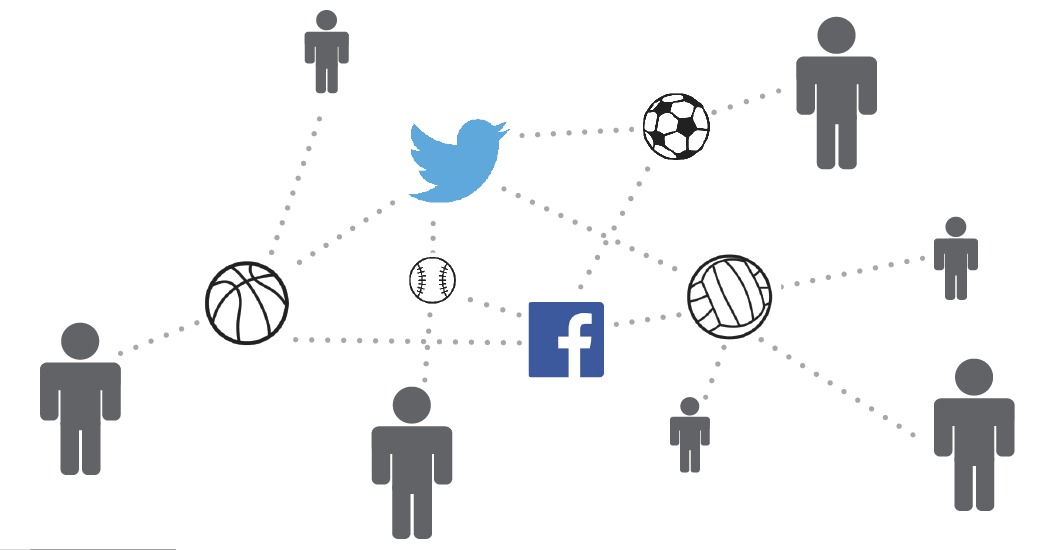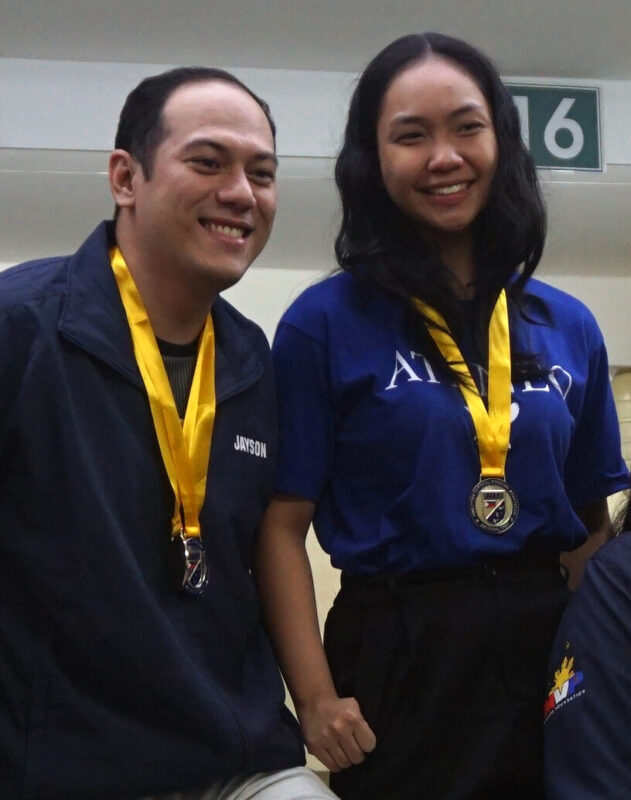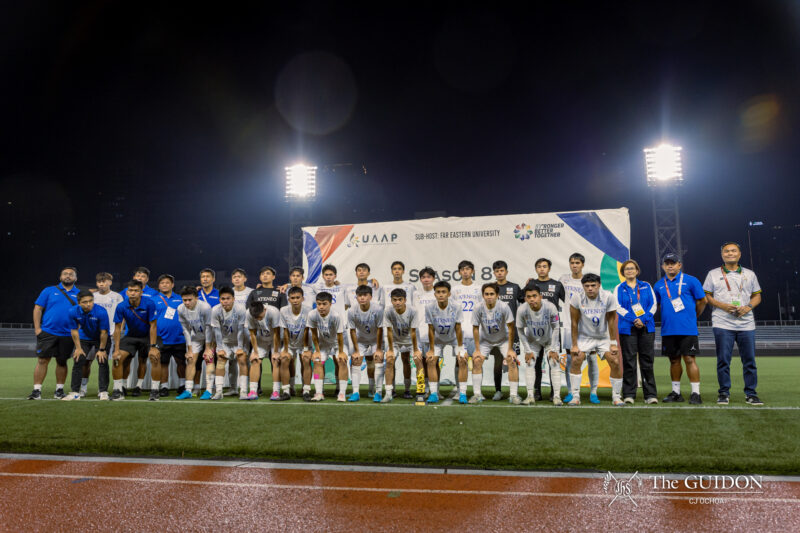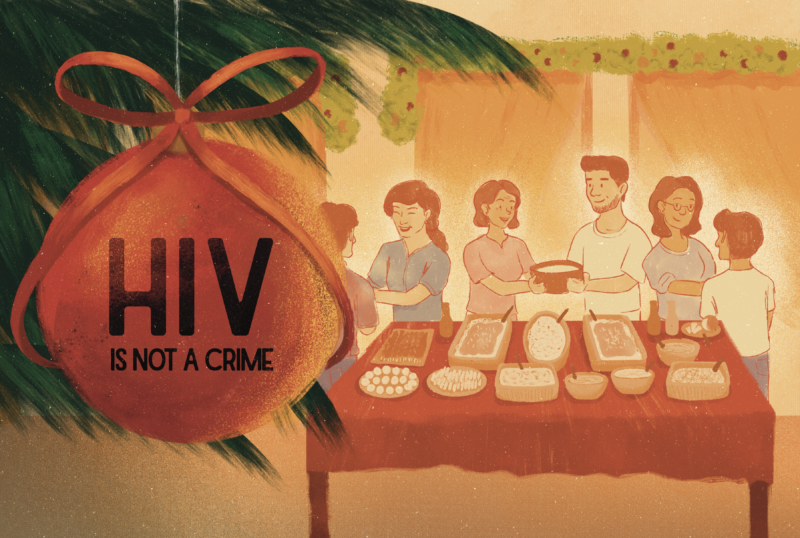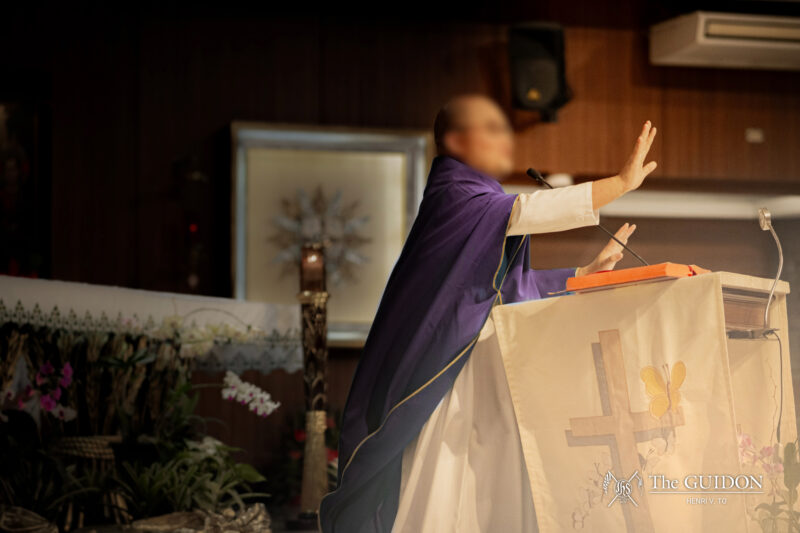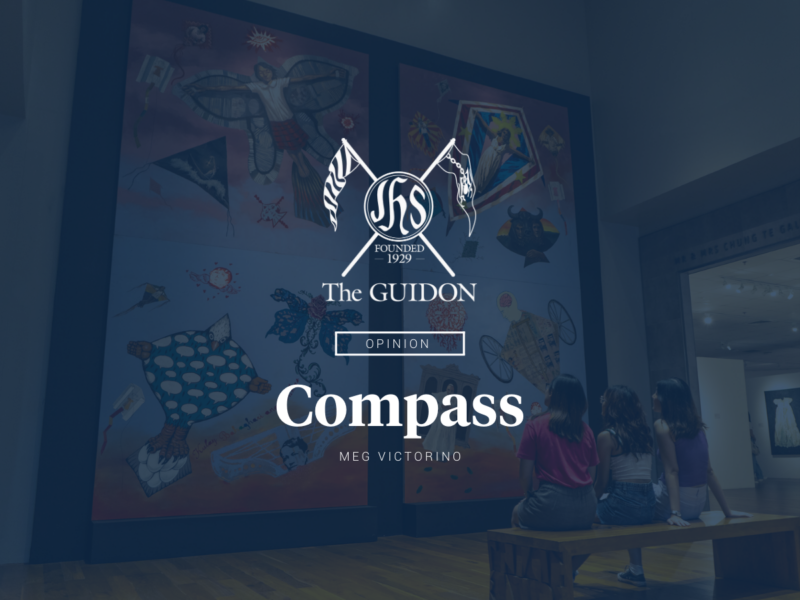“Go, Ateneo! One Big Fight! Go, Ateneo! One Big Fight!”
During every game, thousands of Ateneo sports fans flock the coliseum, screaming these cheers as they try to boost the energy and morale of their sports idols.
With faith in their teams, they stand loud and proud, ignoring other peoples’ reactions to their fanatic rave. Some parade their handmade posters, others show-off their Blue and White faces in honor of their patronized athletes.
Though perhaps with less outward fanfare, this same fanaticism is displayed by those watching in front of their TVs and computers. As virtual audiences religiously follow every movement of the players, they create their own cheering space, as if they were part of the crowd experiencing the live action. These fans away from the venue have found theour own way to follow the action, stay connected, be updated and be part of the adrenaline rush.
Several years back, this was not the case. There weren’t as many fans. There was no good alternative to watching live games. Basketball was the only collegiate sport adored by the majority. However, social media has drastically changed these traditional sports notions and practices.
Tweeting
There are three online platforms that immediately come to mind: Facebook, Twitter and Instagram. Each website has its own definitive feature of capturing specific markets for various purposes. However, when it comes to sports games, Twitter has an edge over the others.
GMA News Online Sports Writer Job de Leon (AB Comm ‘12), shares, “Twitter is the place to be for any live event and the same is true for sports. As far as the fan experience goes, obviously it’s different from actually being in the arena and being part of a huge crowd, but Twitter is its own kind of crowd during games.”
He explains that Twitter generates interest because its platform allows users to express themselves in a way that prompts conversations with countless people that one would not likely have the chance to converse with otherwise.
De Leon likens it to a virtual sports bar, saying, “You want analysts? No problem. You want passionate fans? Sure. You want some snark or some self-deprecation? You’ve got it, too. To an extent, the occasional disagreeable person online can be amusing, too.”
Online Coverage
One of the factors that led to the shift of keeping online tabs on games is the live coverage of collegiate sports competitions. According to de Leon, social media has brought out two kinds of behavior, namely demand for instant information and sharing impact.
When covering games, writers are encouraged to break stories as soon as the bout ends so that people read their stories first. There is a race for news outlets to release facts immediately in the hopes of gaining people’s patronage, but, at the same time, to be accurate with their stories.
In terms of play-by-play updates, there are also varying styles used depending on the branding of the news platforms. Others go direct to the point with the scores, while some, like ESPN and NBA, focus on a human interest angle to the athlete-at-play. De Leon, however, shares that the latter is not practiced much in the Philippines.
Fanaticism
Live coverage has also led to an almost celebrity status for some athletes. Take for instance Alyssa Valdez, the Team Captain of the Ateneo Lady Spikers and one of the most followed local college athletes on Twitter with almost 142,000 followers. She has been a volleyball player since she was in grade school, and Valdez is surprised by the abrupt changes in the following of the sport.
In a mix of English and Filipino, Valdez details, “I also don’t understand the sudden change of following. Before, it was just for basketball. But now, the fans of volleyball are really different. We’ve met fans from the provinces as well. It is a very diverse fan base.” She attributes this pheonemon to how social media allows fans to feel connected with their idols, rather than just watching them play on television.
However, Valdez, also mentions its downside. “[The] disadvantage, [is the loss of my] private life talaga. Masyado nilang gusto malaman, mauna sa balita. Minsan, lumalabas ‘yung ibang issue na wala naman (The disadvantage of social media is really the loss of my private life. Sometimes they just want to know so much and be up to date. Sometimes some issues come out that aren’t really issues).”
While Valdez emphasizes that social media has become a communication channel both for players and fans to get to know each other better, for her, it still cannot replace genuine, personal connections. She shares that she prefers meeting and talking with fans in real life rather than through cyberspace.
Given the variety of effects on collegiate sports, social media has managed to infiltrate the sports arena in more ways than one. With limited knowledge on its possible future, this brand-new format of information exchange will continually make waves as long as people are invested in sports, and as long as people participate in the conversation.
What do you think about this story? Send your comments and suggestions here: tgdn.co/2ZqqodZ

